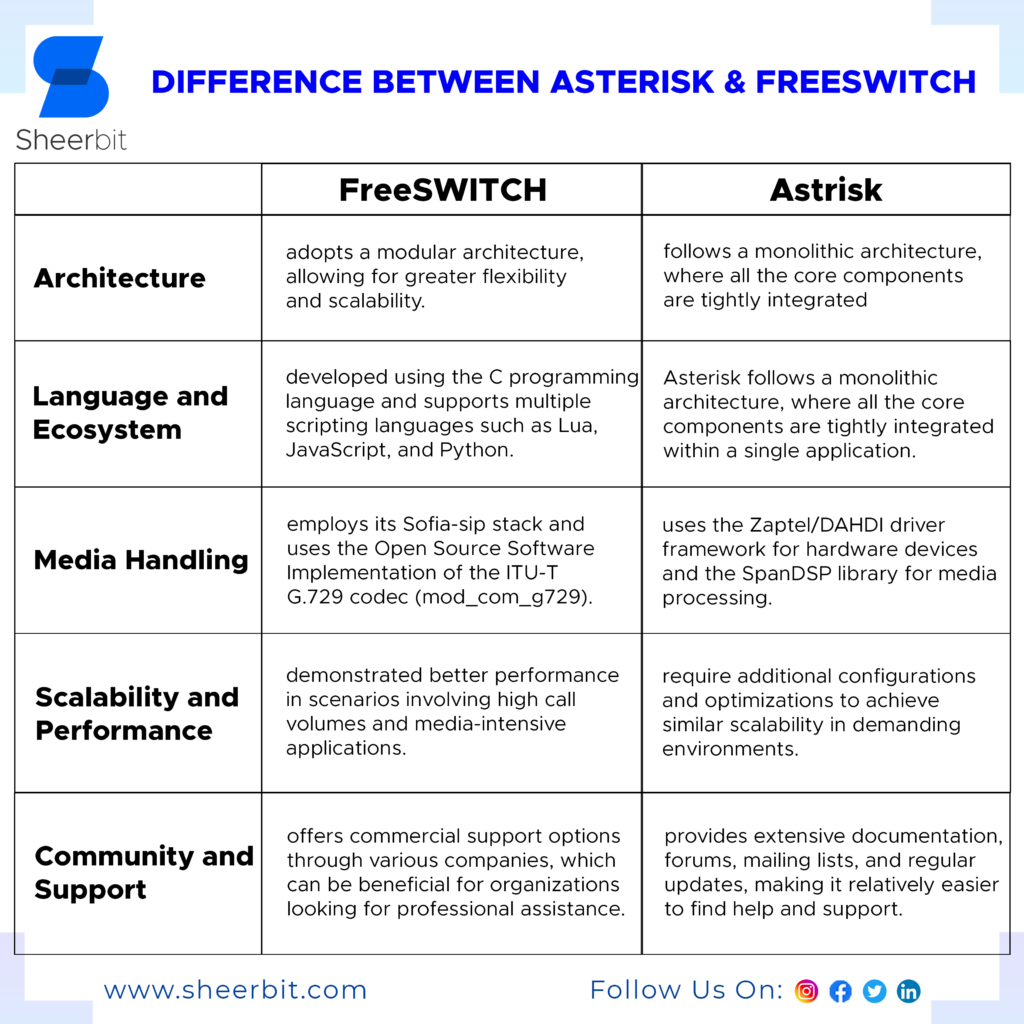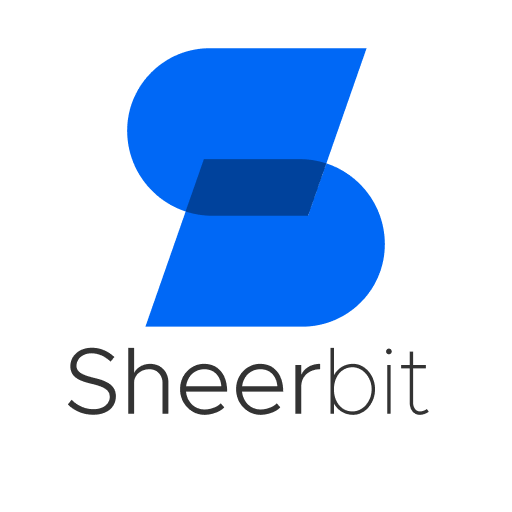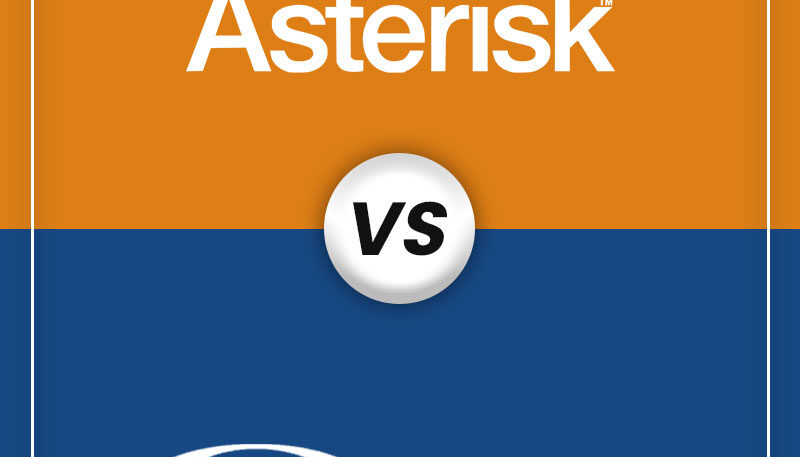When it comes to choosing a powerful and flexible open-source platform for building communication applications, two names often come up:
Asterisk and FreeSWITCH. Both Asterisk and FreeSWITCH are widely used in the telecommunications industry, offering a range of features and functionalities. In this blog post, we’ll explore the key differences between these two popular VoIP (Voice over Internet Protocol) platforms to help you make an informed decision.

Architecture:
One of the primary differences between Asterisk and FreeSWITCH lies in their underlying architectures. Asterisk follows a monolithic architecture, where all the core components are tightly integrated within a single application. On the other hand, FreeSWITCH adopts a modular architecture, allowing for greater flexibility and scalability. This modular approach enables developers to choose and utilize only the necessary components, resulting in a more streamlined and efficient system.
Language and Ecosystem:
Asterisk is primarily written in the C programming language and uses its scripting language called Asterisk Dialplan. It has a vast ecosystem of community-developed modules and extensions, making it highly extensible. On the other hand, FreeSWITCH is developed using the C programming language and supports multiple scripting languages such as Lua, JavaScript, and Python. This broader language support gives developers more flexibility in customizing and integrating with other systems.
Media Handling:
A notable distinction between Asterisk and FreeSWITCH lies in their media handling capabilities. Asterisk traditionally uses the Zaptel/DAHDI driver framework for hardware devices and the SpanDSP library for media processing. FreeSWITCH, on the other hand, employs its Sofia-sip stack and uses the Open Source Software Implementation of the ITU-T G.729 codec (mod_com_g729). FreeSWITCH’s modular architecture allows for better media handling and transcoding capabilities, making it an attractive choice for complex media applications.
Scalability and Performance:
While both Asterisk and FreeSWITCH can handle many concurrent calls, FreeSWITCH has demonstrated better performance in scenarios involving high call volumes and media-intensive applications. The modular architecture of FreeSWITCH allows for distributed deployment and load balancing across multiple servers, ensuring scalability and high availability. Asterisk, on the other hand, may require additional configurations and optimizations to achieve similar scalability in demanding environments.
Community and Support:
Asterisk has a large and vibrant community that has contributed to its growth and development over the years. The Asterisk community provides extensive documentation, forums, mailing lists, and regular updates, making it relatively easier to find help and support. FreeSWITCH also has an active community, although it may not be as large as Asterisk. However, FreeSWITCH offers commercial support options through various companies, which can be beneficial for organizations looking for professional assistance.
Conclusion:
Both Asterisk and FreeSWITCH are robust open-source platforms for building communication applications. The choice between them depends on your specific requirements and preferences. FreeSWITCH might be the ideal choice if you value a modular architecture, extensive language support, and superior media handling capabilities. On the other hand, if you prefer a mature and widely adopted platform with a larger community and ecosystem, Asterisk might be the better option. Ultimately, evaluating the strengths and weaknesses of both platforms will help you make an informed decision that aligns with your project goals.
Remember, Asterisk and FreeSWITCH are just tools, and understanding your unique requirements and considering factors such as scalability, performance, and support will be crucial in selecting the right platform for your communication applications.





